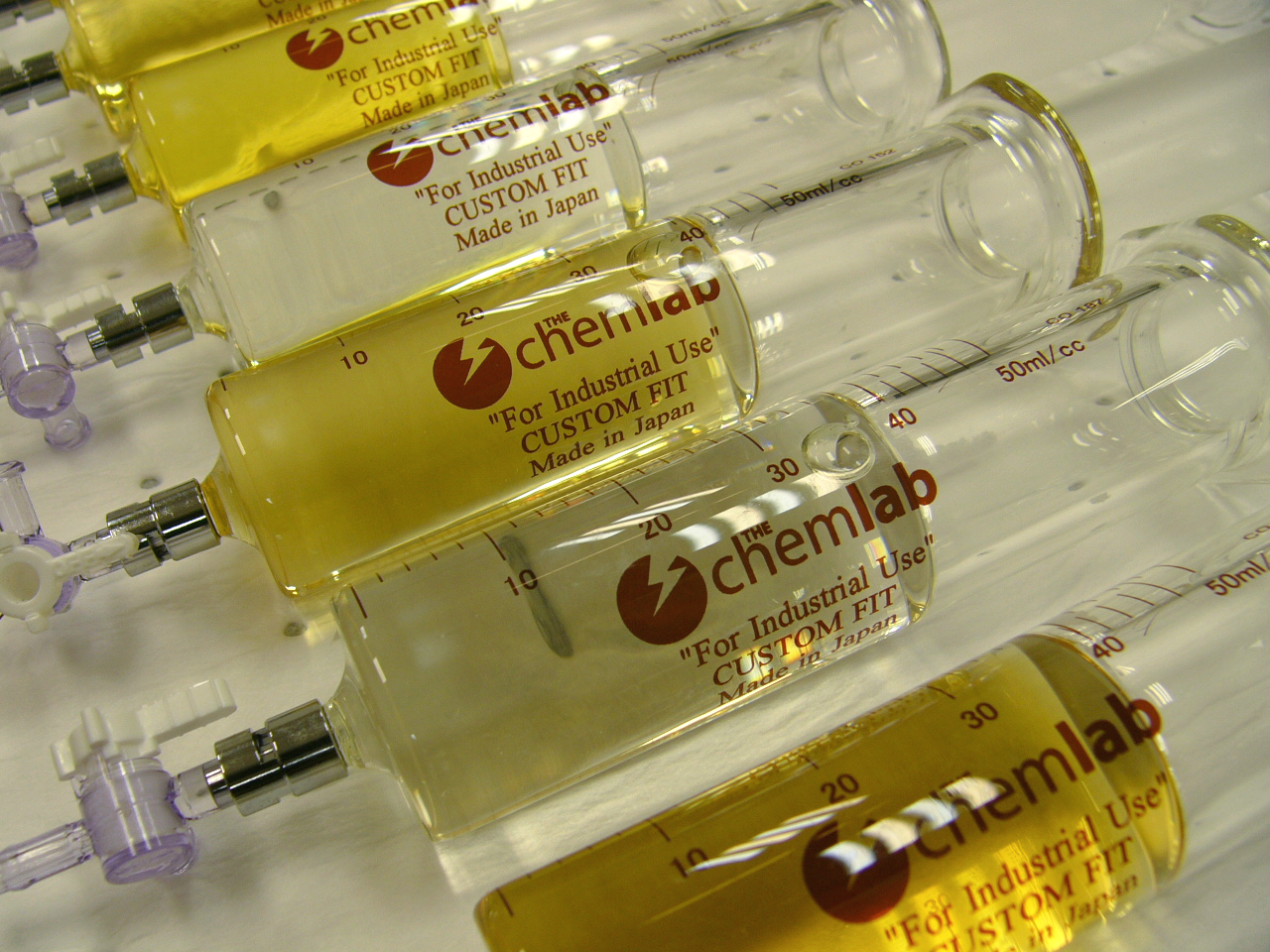Technical Dielectric Fluid Comparison
Posted by Jacek Laszkiewicz on Feb 19, 2025
Overview of Transformer Coolants
Oil-filled transformers require coolants that meet specific performance criteria, including thermal conductivity, dielectric strength, and fire safety. Each coolant offers unique advantages suited for different transformer designs and operating environments. 
Mineral Oil
Mineral oil is the most commonly used coolant due to its cost-effectiveness and strong dielectric properties. It efficiently dissipates heat, but its flammability and environmental impact have led to the exploration of alternative fluids.
FR3 Ester
FR3 ester-based fluids are biodegradable and provide enhanced fire resistance. Their environmentally friendly properties and lower toxicity make them a safer choice. However, they are more expensive than mineral oil.
Synthetic Liquids
Synthetic coolants, such as polyalphaolefins, offer excellent thermal stability and function well in extreme temperatures. They are used in high-performance applications requiring precise temperature control and extended equipment life.
Silicone Liquids
Silicone-based transformer coolants have a wide operating temperature range and strong insulating properties. However, their higher cost and potential material compatibility issues can limit their use.
Technical Dielectric Fluid Comparison

Below is a summary of key characteristics to consider when comparing transformer coolants:
- Dielectric Strength: Determines the coolant’s ability to resist electrical breakdown.
- Thermal Conductivity: Affects heat dissipation efficiency, with synthetic and silicone liquids performing well under high loads.
- Fire Resistance: FR3 ester fluids have a higher fire point than mineral oil, improving safety.
- Environmental Impact: Biodegradability and toxicity are critical for sustainable transformer operations.
- Cost and Availability: Mineral oil is generally the most cost-effective, while specialty fluids are more expensive.
The choice of transformer coolant depends on balancing performance, safety, environmental impact, and cost.
Whether your system requires robust thermal management or prioritizes fire safety and sustainability, selecting the right dielectric fluid is essential. Review the detailed technical comparison table below to match the best coolant to your transformer’s needs.
| Mineral Oil | FR3® Dielectric Fluid Natural Ester |
Envirotemp™ 360 Fluid Synthetic Ester | Silicone Transformer Oil |
|
| Base Fluid | Petroleum oil | Vegetable seed oil | Hydrocarbons | Polydimethylsiloxanes |
| Voltage Class Applicable | Any, incl. AC and HVDC | Any, incl. AC and HVDC | Any, incl. voltage AC | limited to 66 kV |
| Fire Point | 160°C | 360°C | >315°C | 343°C |
| Flash Point | 140°C | 330°C | >260°C | 324°C |
| Density at 20°C | 880 kg/cm3 | 920 kg/m3 | 960 kg/m3 | 960 kg/cm3 |
| Pour Point | -35°C | -21°C | -48°C | -55°C |
| Kinematic Viscosity 100°C 40°C -20°C |
2 – 3 mm2/sec 8 – 9 mm2/sec 230 mm2/sec |
7.7 – 8.3 mm2/sec 32 – 34 mm2/sec 500 mm2/sec |
6 mm2/sec 34 mm2/sec 1700 mm2/sec |
20 mm2/sec 45 mm2/sec 200 mm2/sec |
| Toxicity | Potentially toxic | Non-toxic, non-hazardous in soil & water | Not classified as hazardous according to GHS | Potentially toxic |
| Biodegradability | Non-biodegradable | Ultimately biodegradable | Readily biodegradable | Not biodegradable (only oxidegradable) |
| Biobased | No | Yes | No | No |
| Oxidation Stability Non-free-breathing Free-breathing |
Very good Good |
Very good Not recommended |
Very good Good (moisture control recommended) |
Very good Not recommended |
| Temp. Limits for Normal Lifespan (TUK Paper) | 65°C avg. winding rise 110°C hottest spot |
85°C avg. winding rise 130°C hottest spot |
65°C avg. winding rise 110°C hottest spot |
65°C avg. winding rise 110°C hottest spot |
| Degradation Effects/Consequences | Average; reduces dielectric capacity and produces sludge | Best; long-term impact in viscosity with no formation of sludge | Better; may produce minimal sludge | Average; may produce sludge |
| Transformer reliability | Declines with aging as moisture content in paper and oil increases | Preserves dielectric capacity due to continuous drying of insulation system | May decline as moisture content in paper increases | Typically only used up to 66 kV; no available information |
| Application Location | Indoor & outdoor; requires complex containment & fire mitigation systems | Indoor & outdoor; highly simplified containment & fire mitigation systems | Indoor & outdoor; highly simplified containment & fire mitigation systems | Indoor & outdoor; requires containment system |
